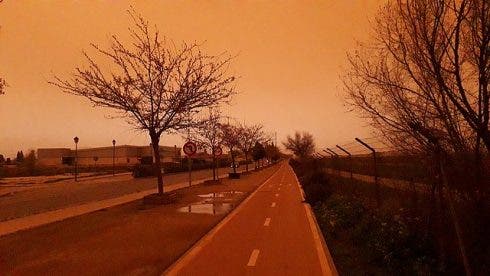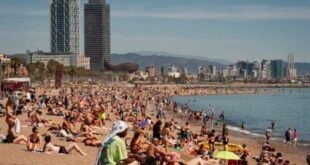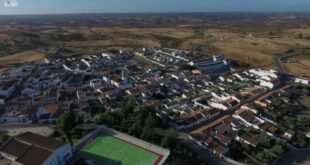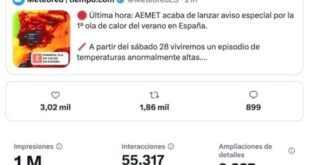STORMS and rain hitting Spain’s Mediterranean coast will get an extra element this week in the form of ‘blood rain’- caused by Saharan dust.
The phenomenon can occur at any time of the year. However, March is a prime target month.
Proyecto Mastral in Torrevieja warns that this is not the time to do any cleaning. They suggest car owners, and those with terraces outside, wait for rain to stop.
READ MORE
If they don’t, they will have to double their work when mud dust settles onto vehicles and patios.
Also known as a calima, ‘blood rain’ is marked by a dense concentration of dust, sand, and ash from the Sahara desert trapped among rain clouds.
The rain casts a reddish tint over the Spanish sky, and when it has dried, the cars, streets, and land are all covered in a fine, red coating.
Calima is a solid particle that can travel long distances on the wind.
This can also alter local climate conditions, by trapping heat within the atmosphere.
The calima’s origins are complex, involving both natural processes like sandstorms that occur in arid zones and volcanic eruptions as well as factors induced by humans, including factory and agricultural activities.
The mud created by calima has a texture similar to clay and is therefore difficult to remove.
The fine particles in the ‘blood rain’ can also infiltrate the lungs, leading to respiratory issues, while also affecting air quality and visibility, thus impacting outdoor activities and transportation.
 Costa News Spain Breaking News | English News in Spain.
Costa News Spain Breaking News | English News in Spain.





